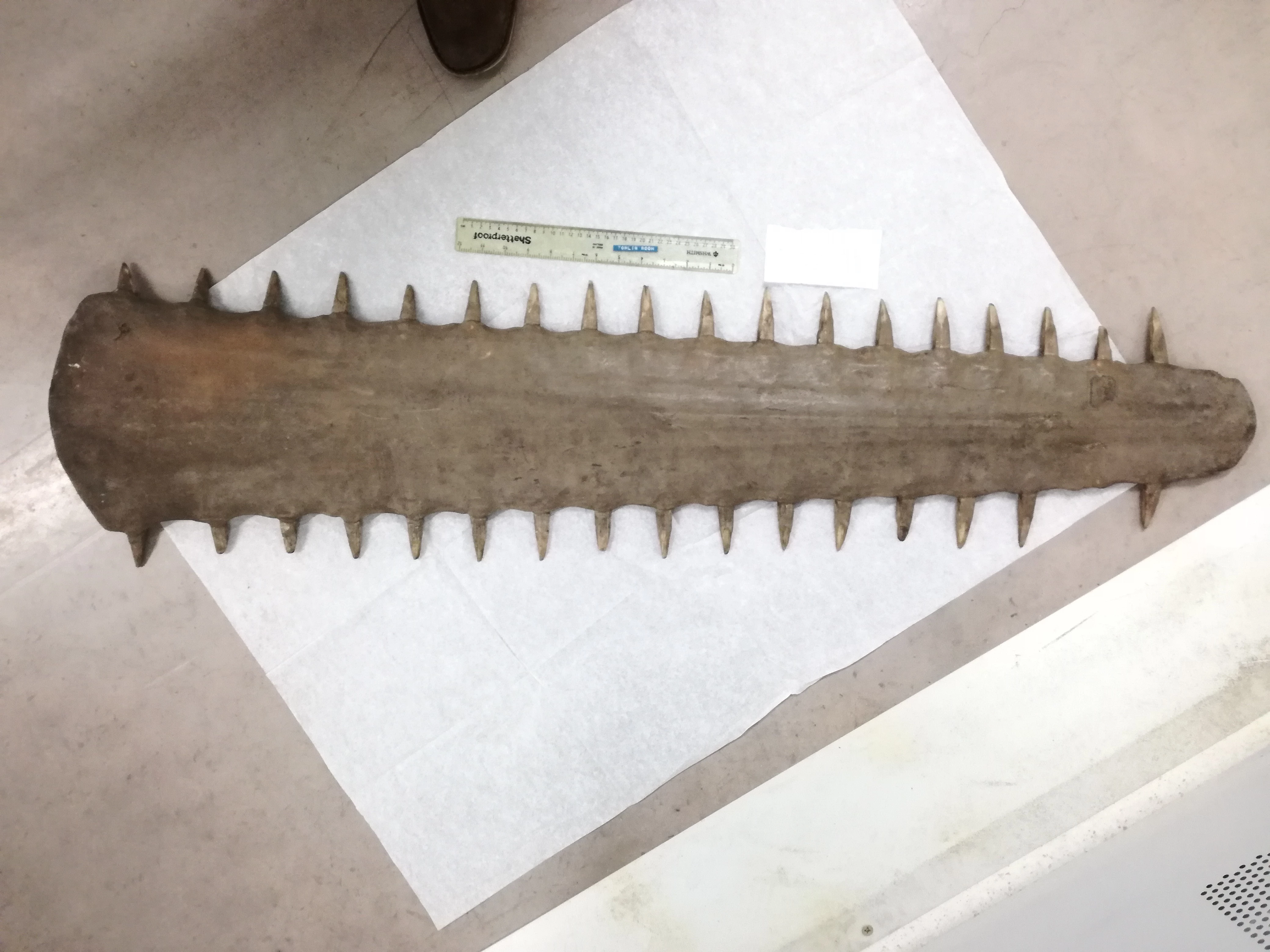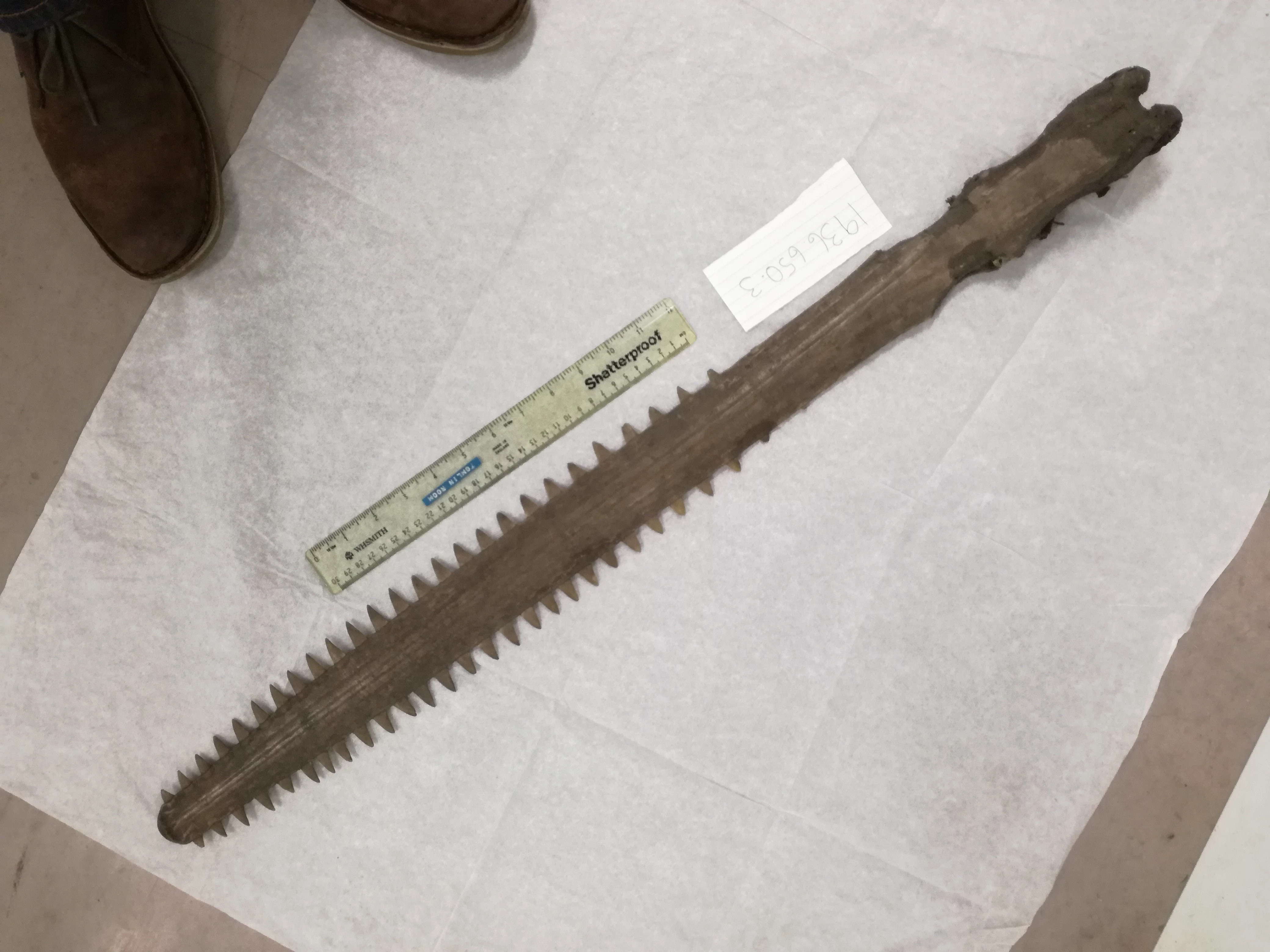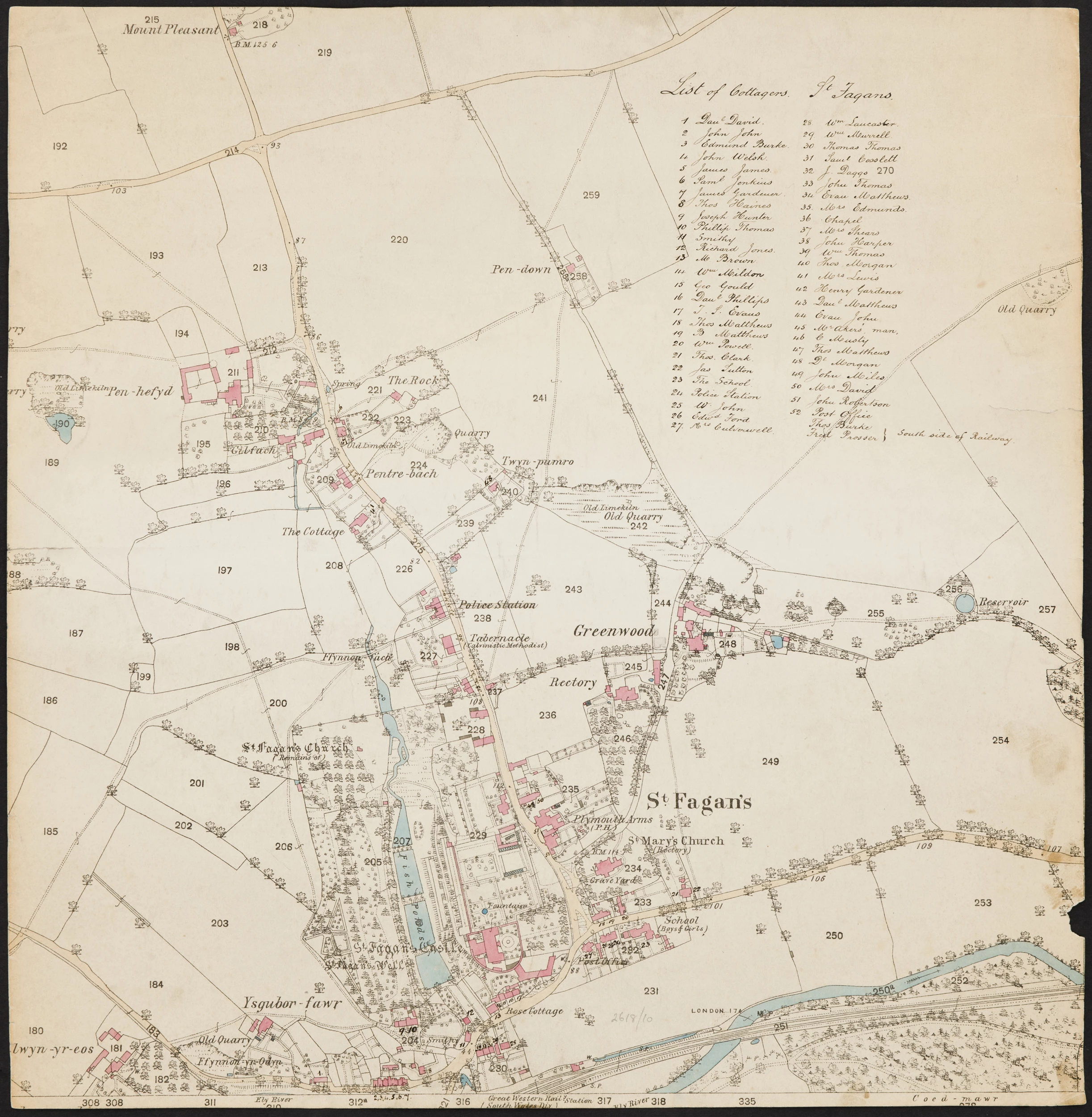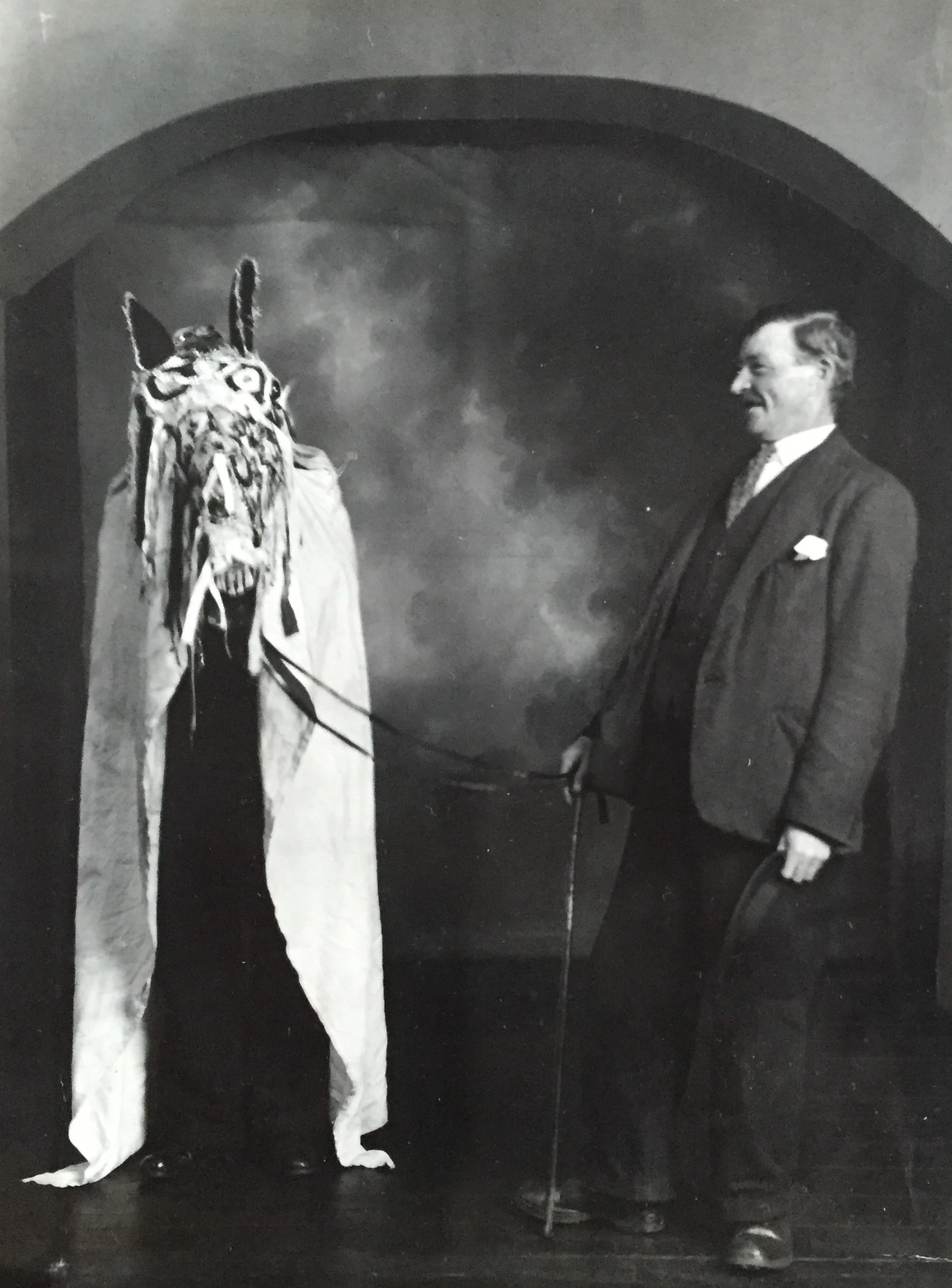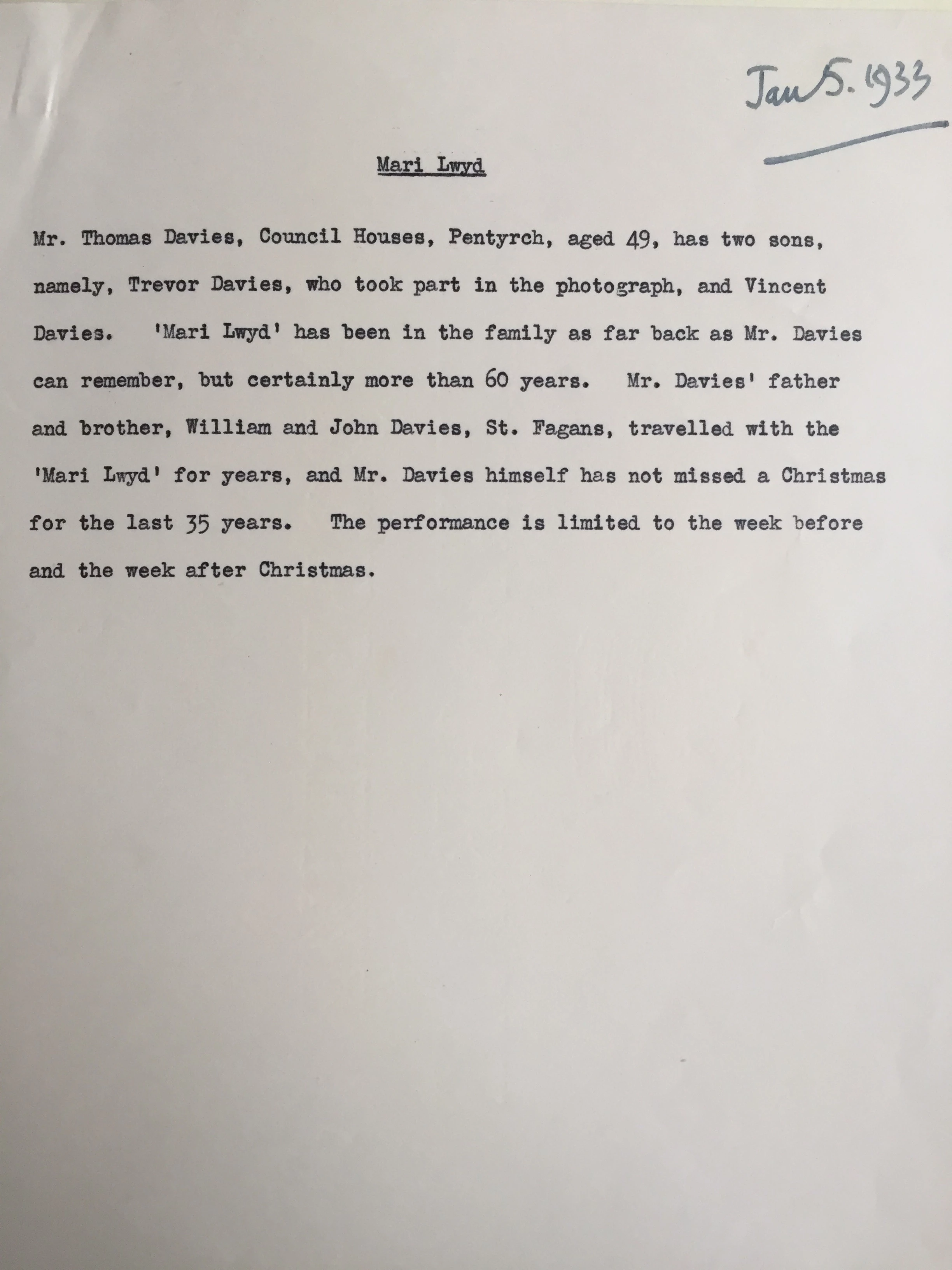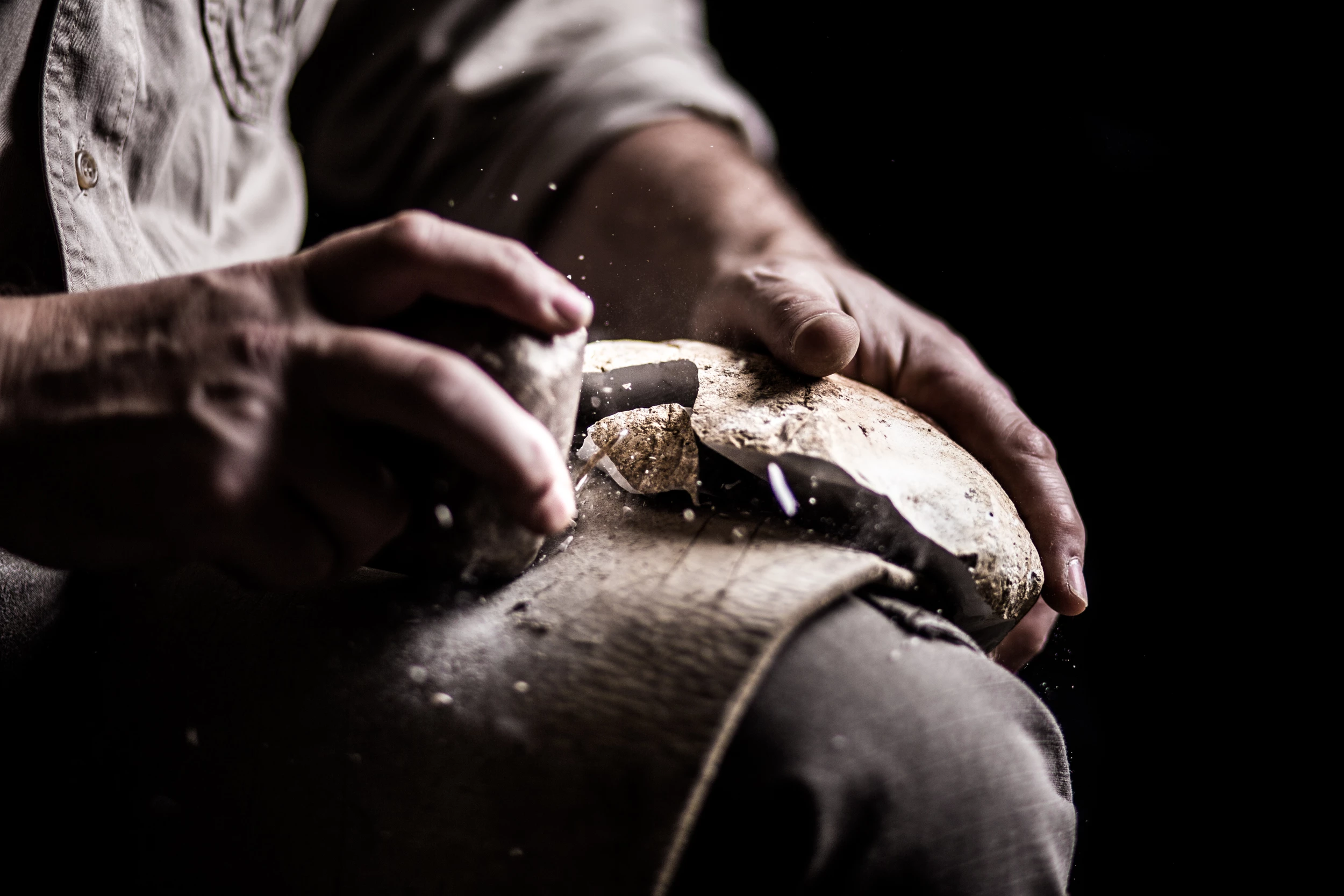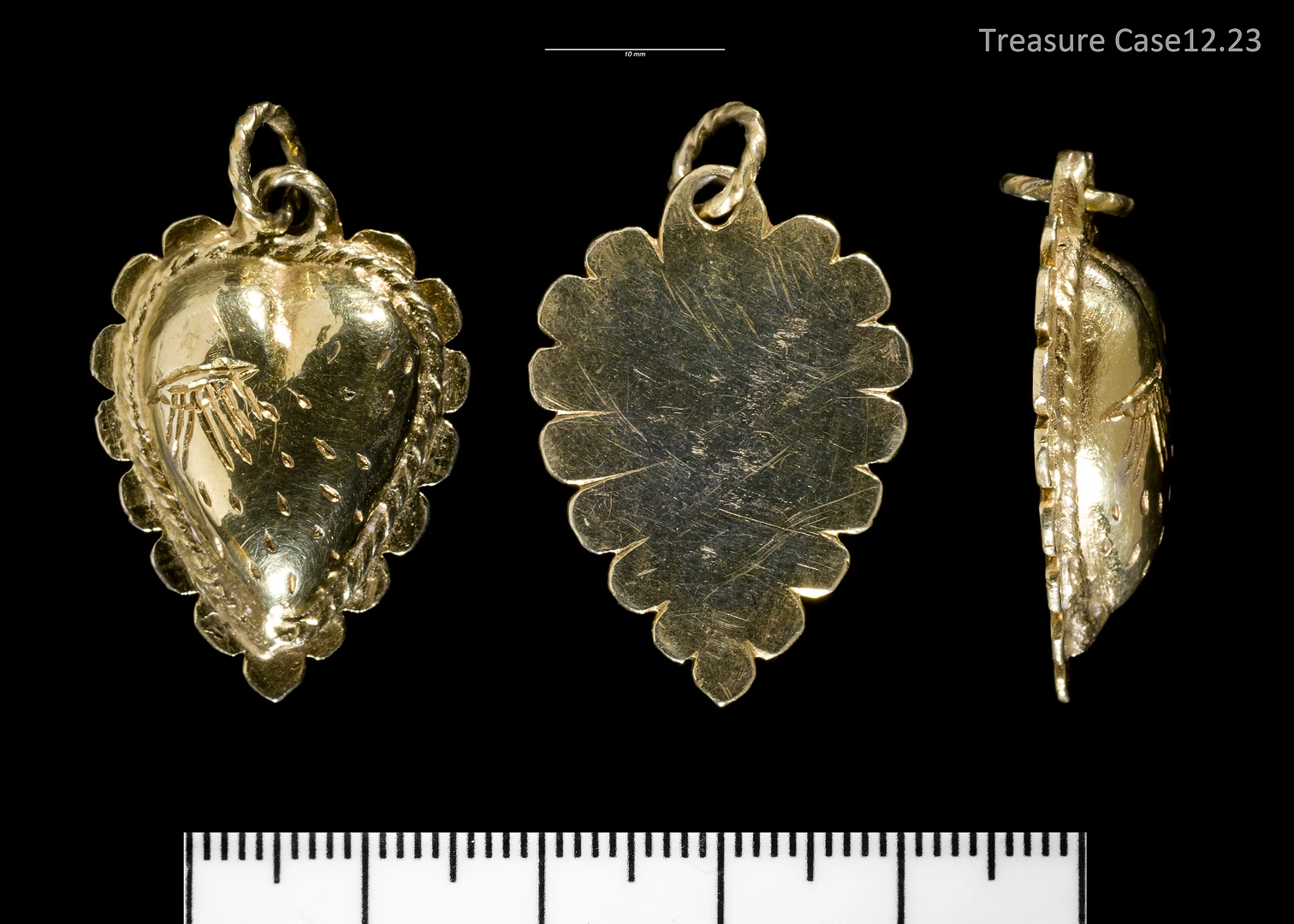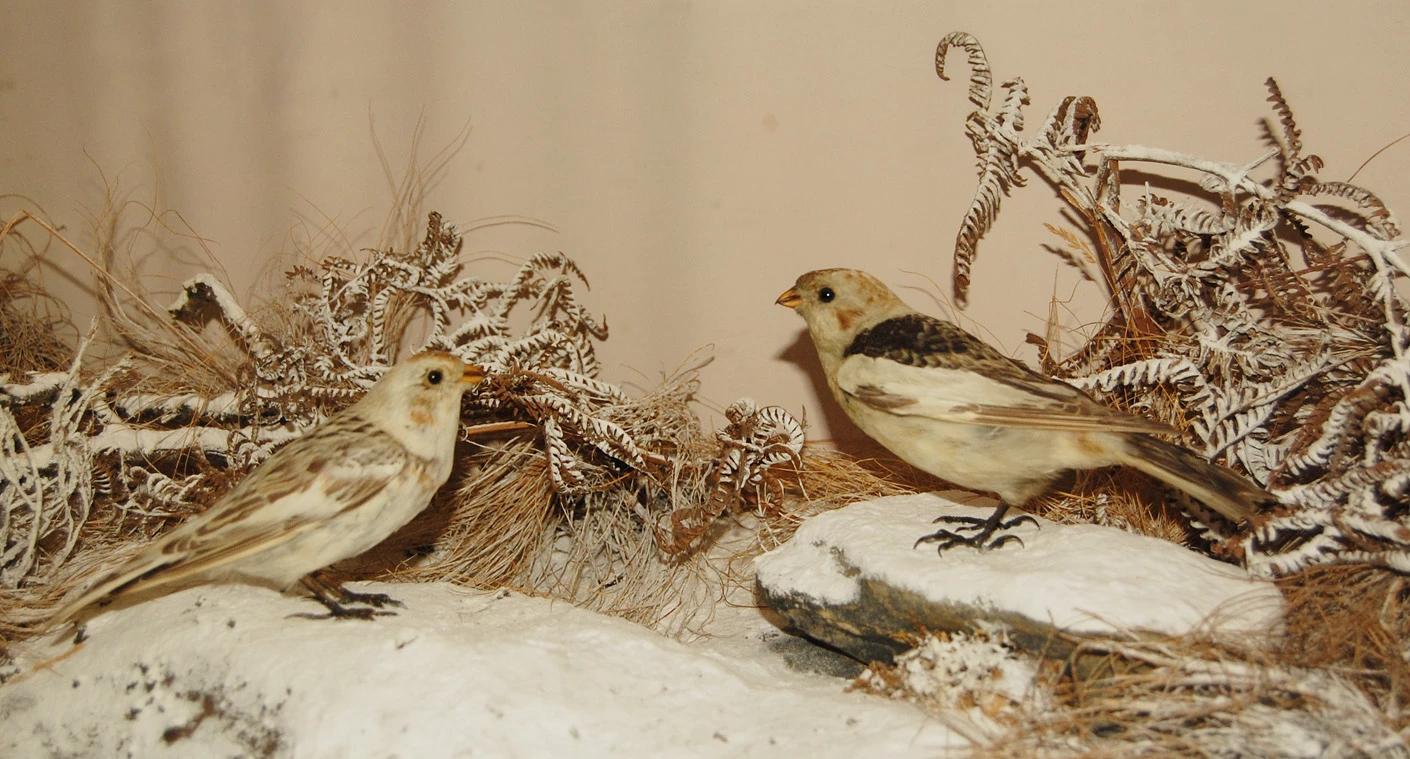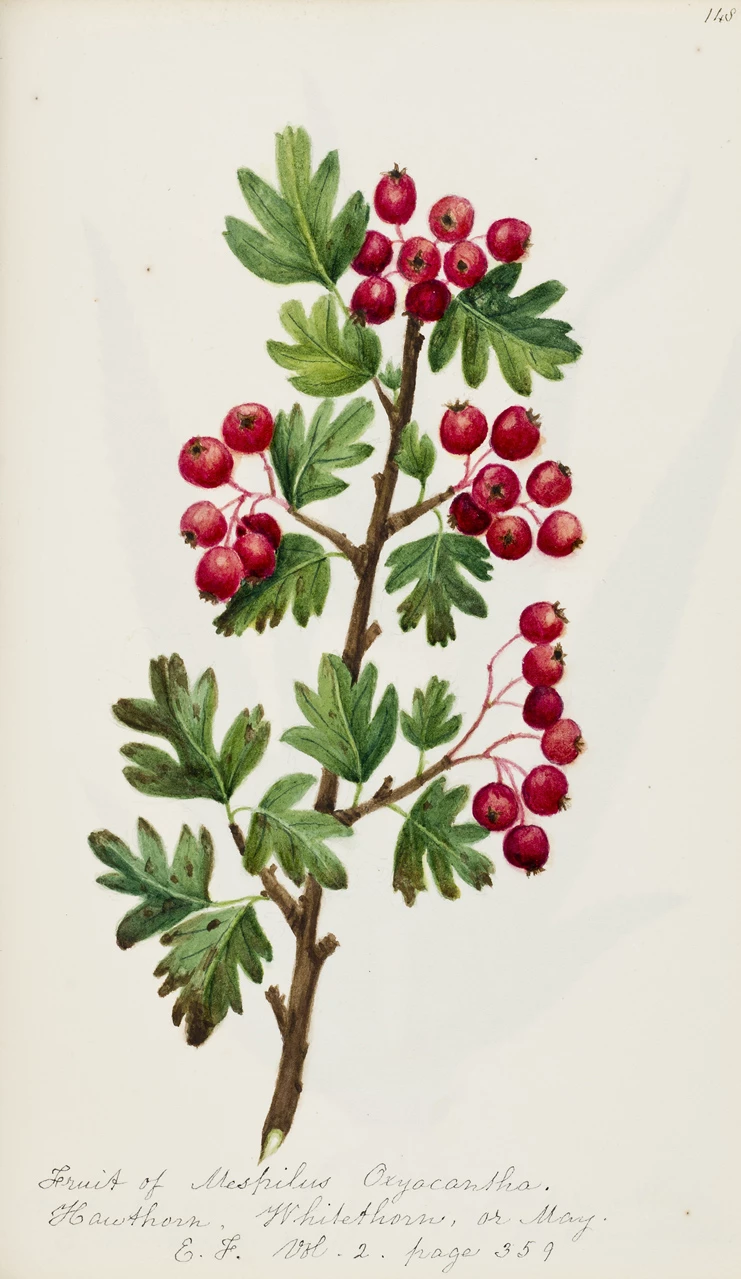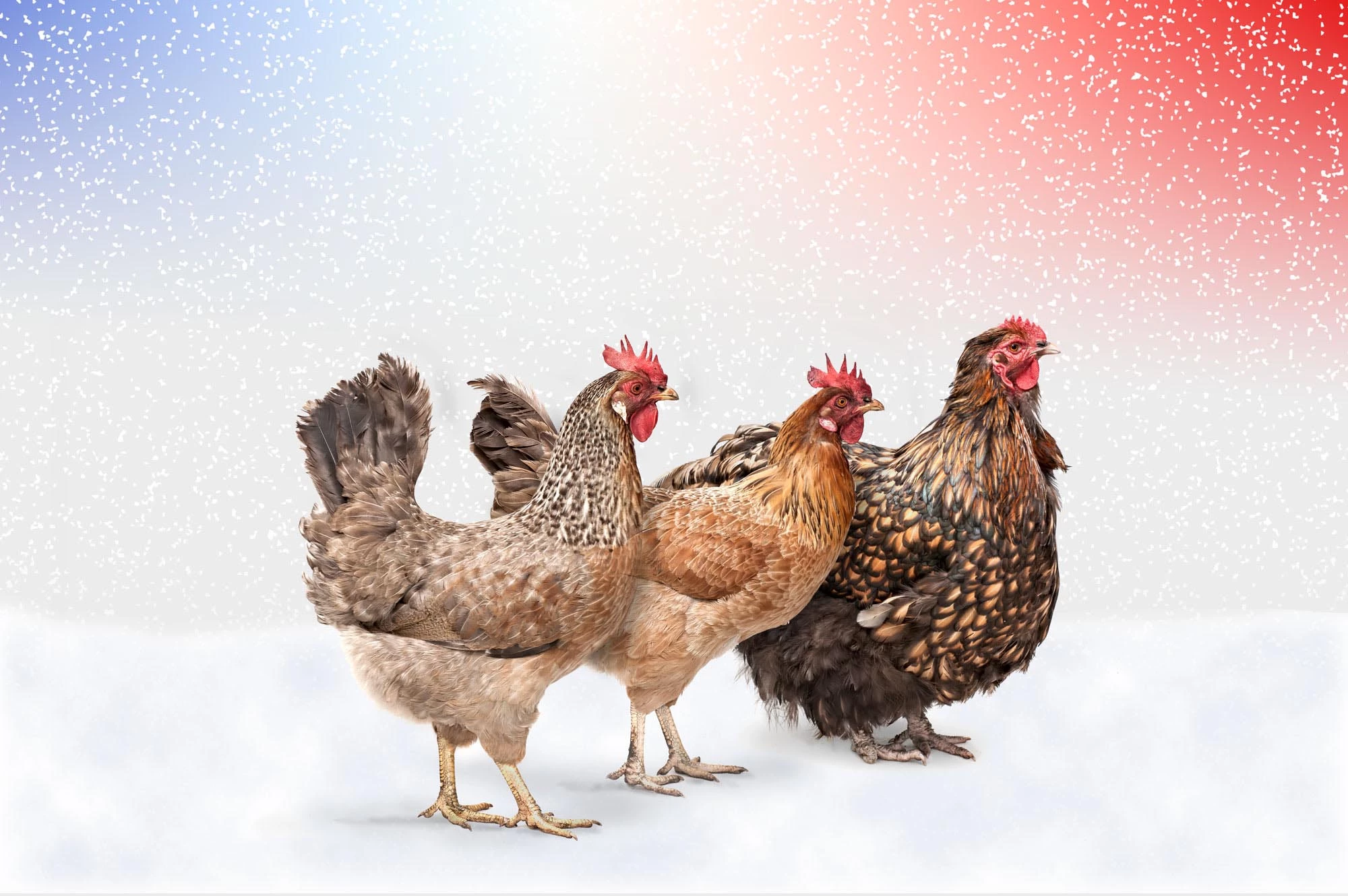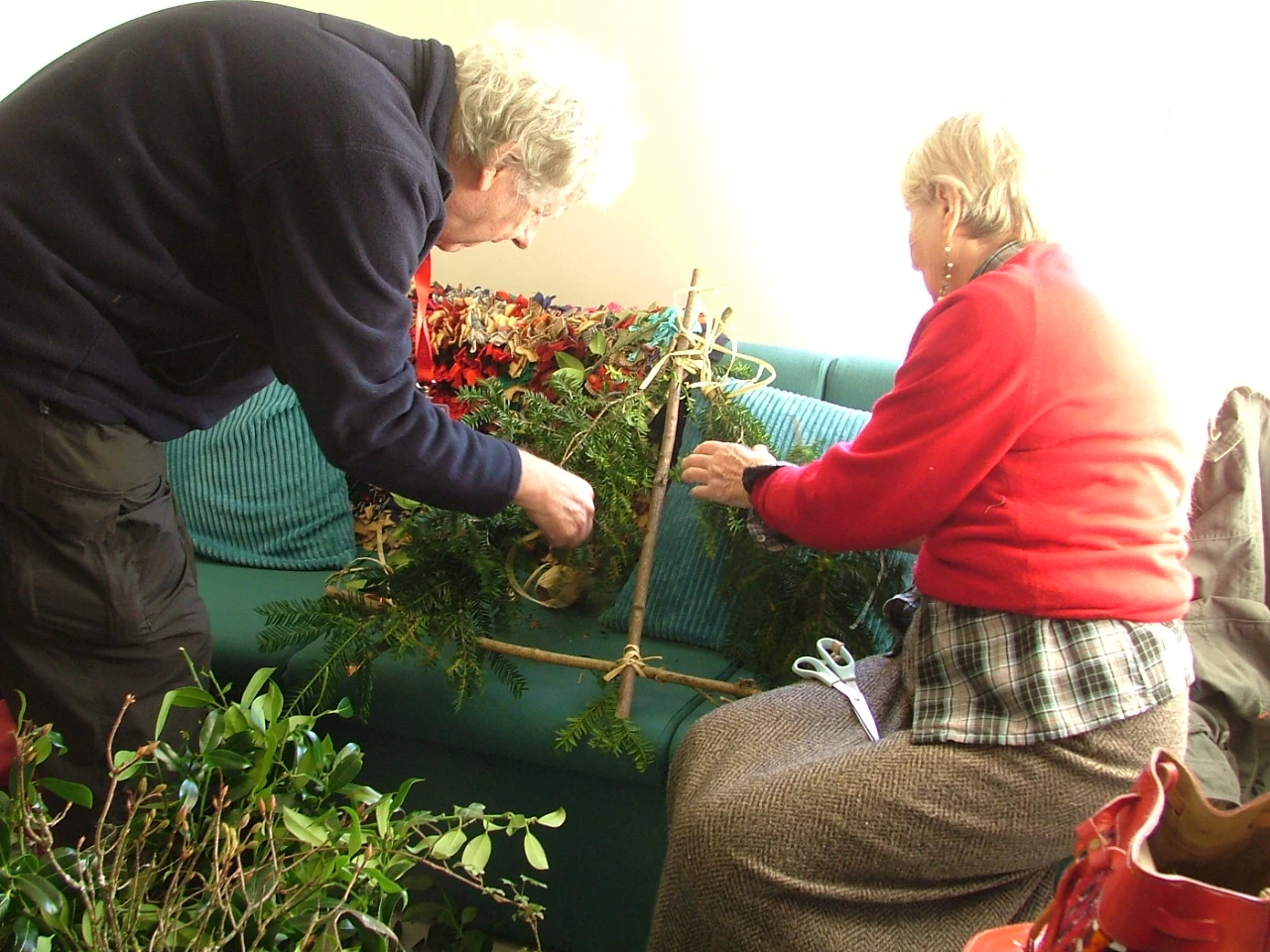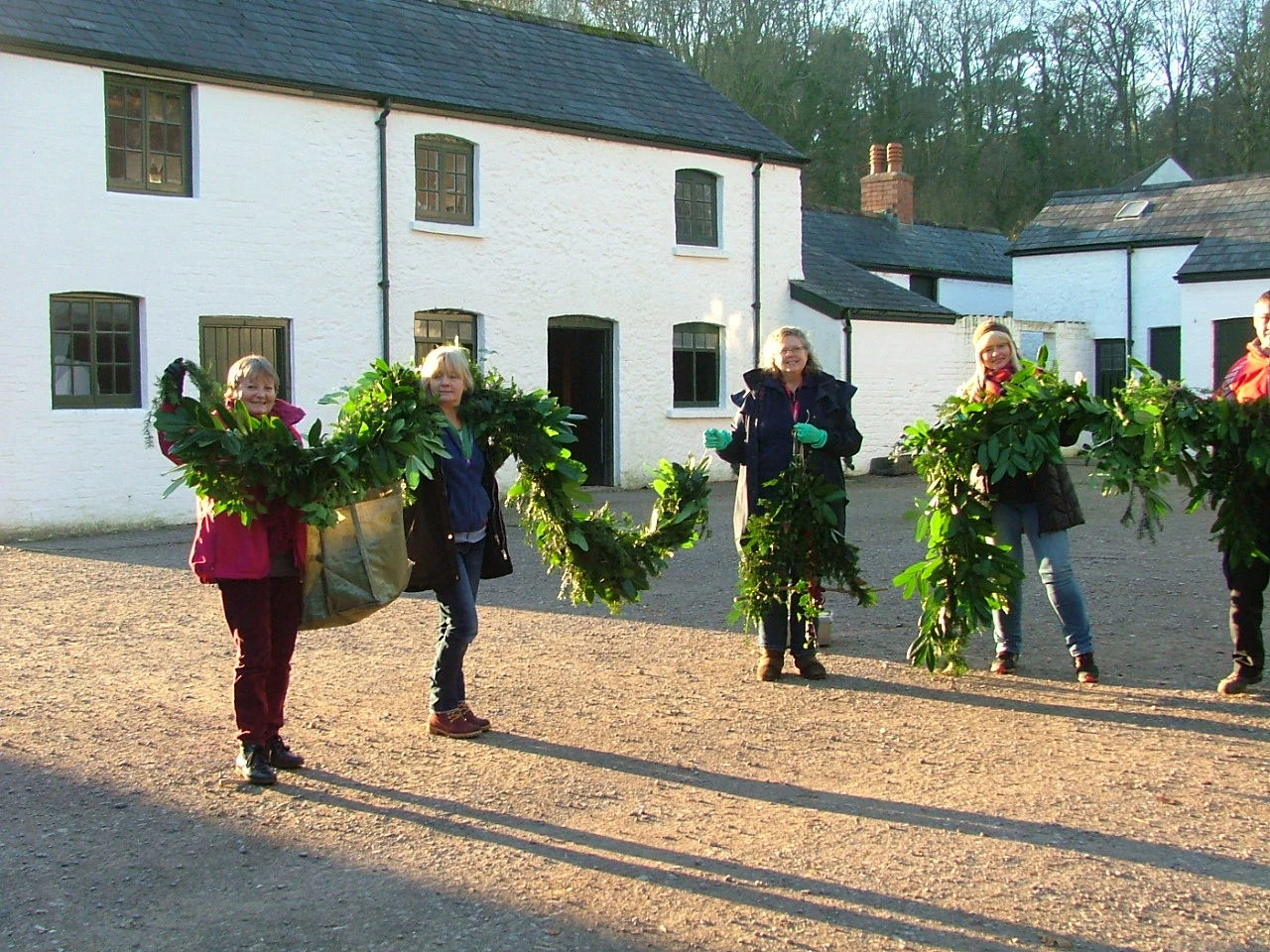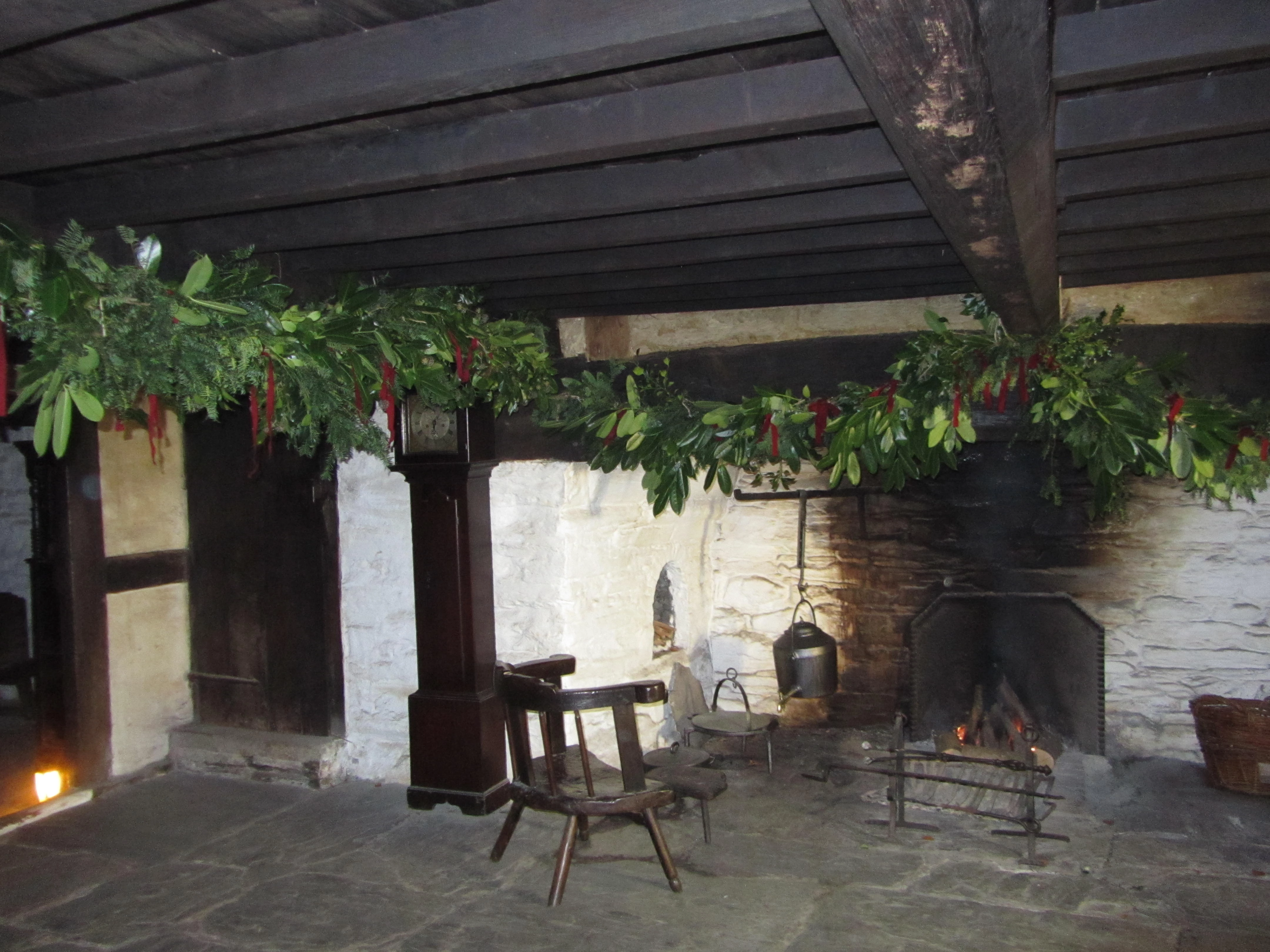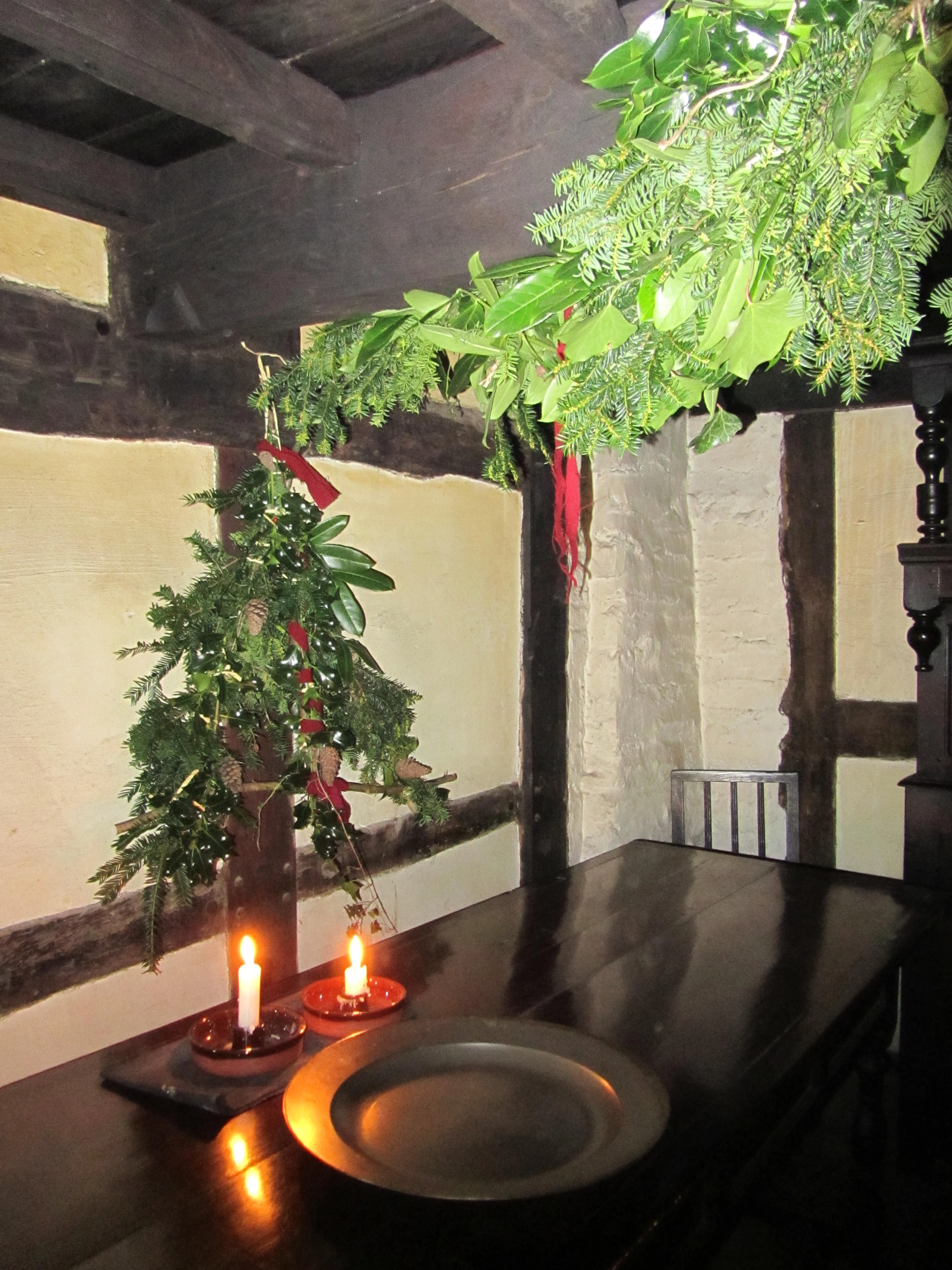Sizing up Sawfish
, 19 January 2017
One of the great things about being a museum curator is that I am always learning new things on the job. I have been a museum curator for 15 years. In this time, my job has been to care for the mollusca collections but I have also now taken on the role of overseeing the care of the vertebrate collections. This has meant a whole raft of new things to learn and deal with, the least of which being that the animals all have backbones!
I was recently asked on behalf of the Sawfish Conservation Society (SCS) to investigate what sawfish rostra we have in our collections. So what is a sawfish? And what is a rostrum? Sawfish are incredible. They live in tropical and sub-tropical waters across the world. Also known as Carpenter sharks, they are in the same family as stingrays, electric rays and skates. Their characteristic feature is a long narrow nose extension called a rostrum which is lined with sharp teeth. These run down the length of the nose giving it the appearance of a saw. To make this nose extension all the weirder, it is covered with electro sensitive pores that allow the sawfish to detect the smallest of movements on the sea floor. Little is known about the wild feeding strategies of sawfish, but it seems they skim the surface of the muddy sea floor looking for fish and crustacea, the way we might swish around a metal detector. The rostrum can be also be used to slash and impale anything that might be passing!
It is mostly due to this excellent nose that all sawfish species are listed as endangered or critically endangered. Seen as a curiosity, these sawfish rostra were prized by collectors. Overfishing and habitat destruction have had a devastating impact upon sawfish numbers, they have disappeared from at least 80-90% of the areas they once inhabited. They are now protected in a large number of countries making it illegal to harm them or trade in the removed saws.
The SCS has come up with a plan to help us better understand these amazing animals. They are partnering with researchers and institutes from around the world, which in the UK includes the Deep Aquarium and The Shark Trust, to launch the ‘See a Saw’ Citizen Science Sawfish Project. Although the removal of saws has had a negative impact on their populations, researchers want to turn this negative into a positive. By using these saws to learn important information about them, they can then be used to conserve the remaining populations. They have the added bonus that the rostra are much easier to measure if the sawfish is not attached!
So with this in mind, I met with Al Reeve and his volunteer Sharon Williams from the South East Wales Biodiversity Records Centre (SEWBRec). Al is an avid elasmobranch enthusiast and it is through him that the enquiry first reached me. We set about photographing, measuring and counting the teeth of a whole series of rostra from the collections. It was an amazing experience to handle these specimens and to learn so much from Al about this group of animals. In the future, we may also be taking tissue samples from these rostra to send on to researchers for analysis. I quote Jeff Whitty, Founder and co-administrator of SCS to explain why:
"The data and tissue samples will be used in multiple international studies to further sawfish management and conservation. Sawfish have been suggested to be the most threatened shark or ray in the world and yet we know little about them, which makes conserving the remaining populations difficult. The morphometric data that you provided will help us improve our identification guides of sawfish and will provide us with a better understanding of the distributions of these species. The tissue samples from the rostra will be used by multiple genetic studies that are exploring the differences in the genetic diversity between historic and contemporary populations of various sawfish species. Information from these genetic studies will allow us to better understand if genetic diversity in current populations have declined or remained steady through the years and thus will inform managers if genetic health of a sawfish species or population is a topic of concern."
It is an unbelievably rewarding experience to know that this work can in a small way contribute to the conservation of this most endangered and enigmatic animal. We are often asked why we hold collections in museums. What good can come out of preserving animals? Why would we want to keep such a negative reminder of the wildlife that we have slaughtered on mass in our past? And we can answer that some good can come out of it. To conserve, to learn, to educate, to enthuse, and to help us do things better in the future. It is a great job that I am privileged to hold.
You can learn more about Sawfish by going on the Sawfish Conservation website. You can find out more about the Sawfish project and who else is involved here, or watch this video about measuring saws.



